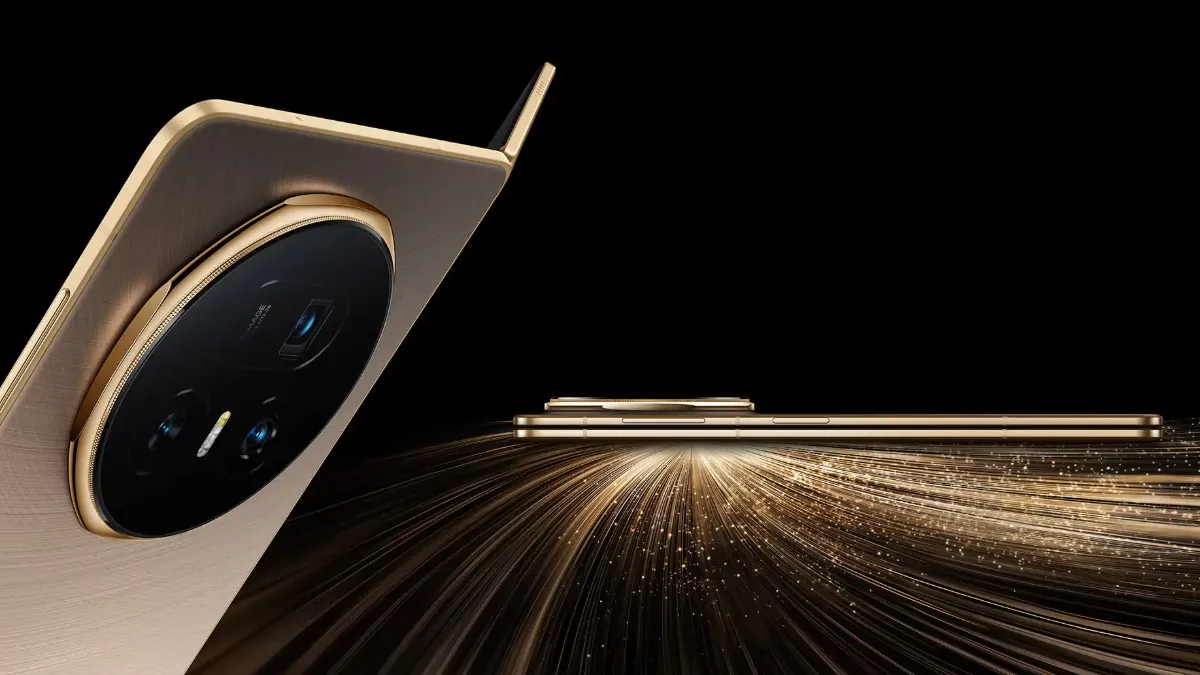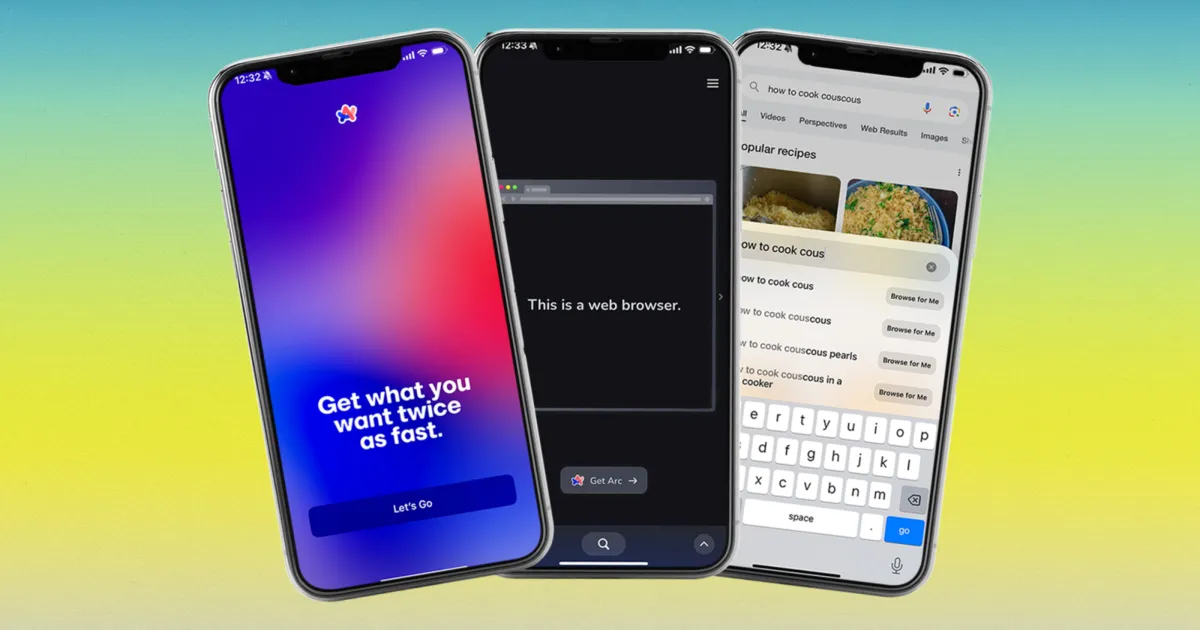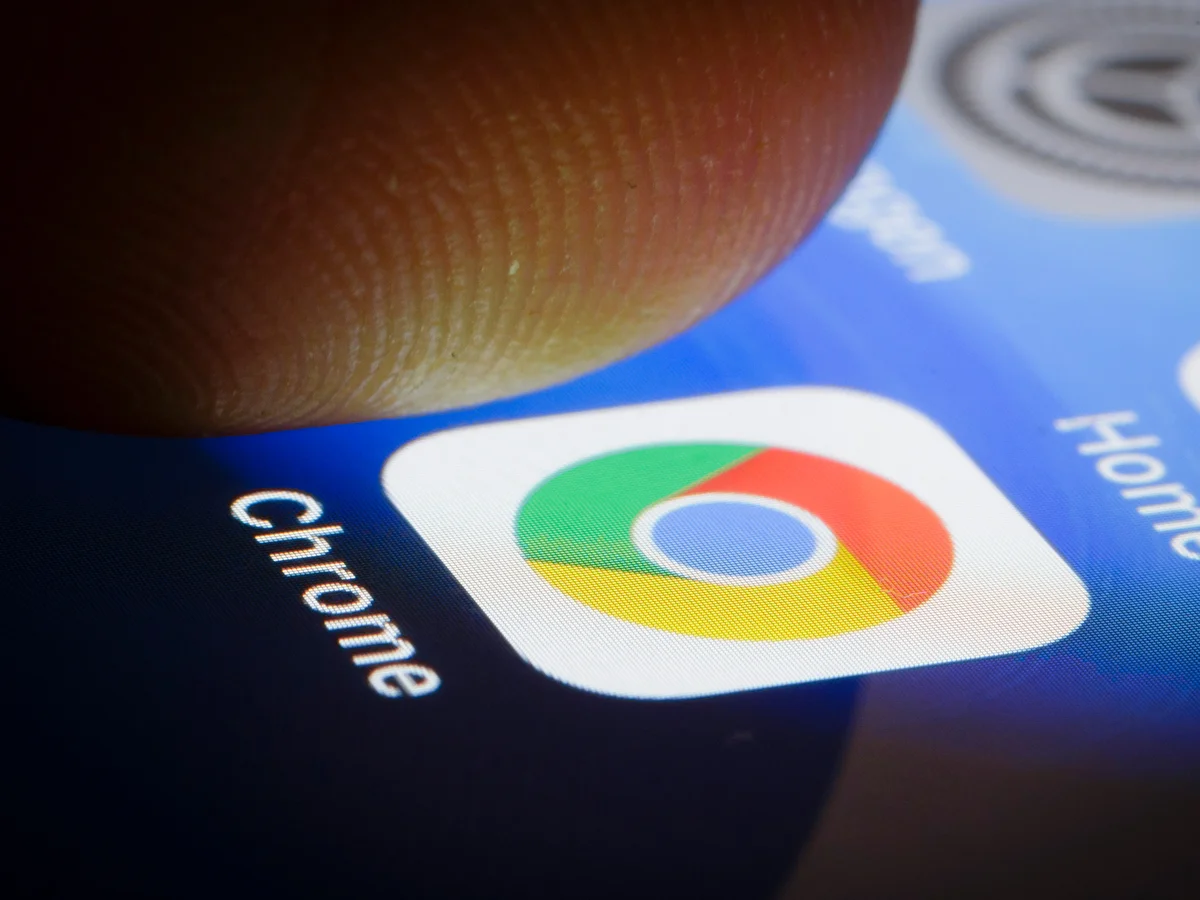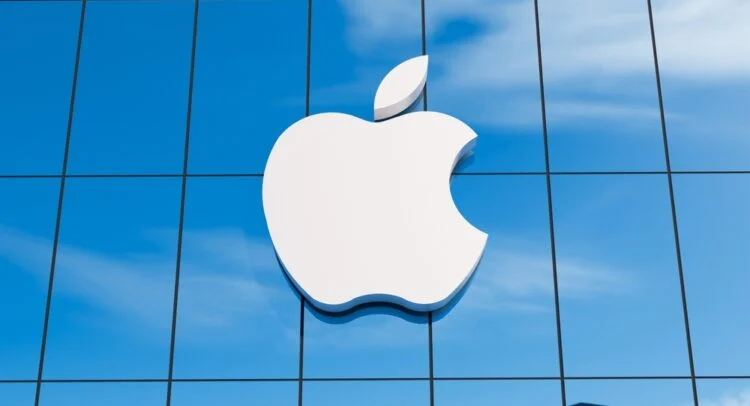
Honor Magic V5: Slimmest Foldable, Great Battery Life
Foldable phones have come a long way, haven’t they? From those clunky early models that felt like they’d snap in half to sleek devices that almost pass for regular smartphones. Now, Honor’s jumping into the mix with the Magic V5, claiming it’s the thinnest book-style foldable out there. And yeah, it’s thin alright, but as I dug into The Verge’s recent review, it’s clear this phone’s got more going for it than just shaving off a fraction of a millimeter. Let’s break it down.
First off, the design. Honor’s really pushing the envelope here – literally. The white version measures just 4.1mm when unfolded and 8.8mm closed. That’s technically slimmer than rivals like the Samsung Galaxy Z Fold 7 or the Oppo Find N5 by about 0.1mm. But honestly, you probably won’t notice it in your pocket. The other colors – black, gold, brown – are a tad thicker at 4.2mm open and 8.9mm closed, matching the competition pretty closely. What does stand out though is the camera bump. It’s a chunky 16mm when the phone’s folded, thicker than Samsung’s 14mm or Oppo’s 13mm. Kinda undercuts the whole “thinnest” vibe, if you ask me.
The build feels premium, with a smooth texture on that white model and rounded corners that make it comfy to hold, whether folded or open. It’s got a “super steel hinge” reinforced with carbon fiber, which should hold up okay, but foldables are still fragile beasts. On the plus side, it’s rated IP58/59 for water and dust resistance – better than Samsung’s IP48 for water, though Google’s Pixel 9 Pro Fold edges it out with IP68 overall. No sand-proofing to brag about, but it’ll survive a splash.
Power Under the Hood: Performance That Doesn’t Skip a Beat
Shifting gears to what’s inside, the Magic V5 packs Qualcomm’s Snapdragon 8 Elite chipset, paired with up to 16GB of RAM and 1TB of storage. In the review, it handled everything thrown at it without breaking a sweat – no lags, no stutters. Multitasking is a breeze on MagicOS 9, which runs on Android 15. You can split the screen for three apps or pop up floating windows. There’s some bloat with Honor’s own apps, but most can be ditched if they bug you.
AI features are sprinkled in too, like on-device live translation for six languages using OpenAI’s Whisper and Gemini integration. Honor’s promising seven years of software updates and security patches, which is solid for longevity. Compared to Samsung, the software feels similar in capability, but Honor might not have the same repair network if something goes wrong.
Displays and Everyday Use: Bright and Smooth
Both the inner and outer screens are LTPO OLED panels with up to 120Hz refresh rates – bright, vibrant, and easy on the eyes for scrolling or watching videos. When closed, it feels just like a normal phone, which is the point of these foldables, right? Unfolded, you’ve got that big canvas for productivity or media. No mention of stylus support in the review, so if you’re into note-taking, you might miss that from Samsung’s S Pen.
Camera Setup: Good Enough, But Not Galaxy-Level
Now, cameras on foldables can be hit or miss, and the Magic V5 lands somewhere in the middle. It’s got a triple setup: 50-megapixel main, an ultrawide, and a 3x telephoto. Daylight shots are sharp and colorful, low-light holds up decently, but it struggles with moving subjects or weird lighting. Zoom goes up to 100x, but anything past 6x starts looking rough – think digital zoom artifacts. Colors stay consistent across lenses, which is nice. Overall, it’s fine for a foldable, but don’t expect it to blow away dedicated flagships like the Pixel or iPhone.
Battery Life: The Real Game-Changer
Here’s where the Magic V5 shines brightest – the battery. The international version crams in 5,820mAh (the Chinese one gets 6,100mAh) using silicon-carbon tech, which packs more juice than your standard lithium-ion. The reviewer said it lasted with 47% left after a full day and 39% after 32 hours. That’s impressive for a foldable with power-hungry screens. Charging hits 66W wired and 50W wireless, but you’ll need Honor’s proprietary charger for the fast wireless; standard Qi pads are slower, and no Qi2 support yet.
One caveat: silicon-carbon batteries might degrade faster over time, especially since foldables are often early-adopter gadgets. Still, for now, it’s a big win over competitors.
- Key Specs at a Glance:
- Processor: Snapdragon 8 Elite
- RAM/Storage: Up to 16GB / 1TB
- Displays: Dual LTPO OLED, 120Hz
- Cameras: 50MP main, ultrawide, 3x telephoto (up to 100x zoom)
- Battery: 5,820mAh (international)
- Charging: 66W wired, 50W wireless (proprietary)
- OS: MagicOS 9 on Android 15, 7 years support
- Resistance: IP58/59
- Price: £1,699.99 / €1,999 (about $2,300)
Pros and Cons: Weighing It Up
Like any phone, it’s not perfect. Pros include that record thinness (even if marginal), the massive battery, and solid water resistance. On the flip side, the camera bump’s bulky, photos are just okay, and it’s not coming to the US – Europe only for now. That gives it an edge over Oppo’s Find N5, which is Asia-exclusive.
Compared to the Galaxy Z Fold 7, it’s about as thin with better battery life, but Samsung’s got wider availability and better support. Google’s Pixel 9 Pro Fold brings stronger dust resistance, but Honor edges it on battery density.






